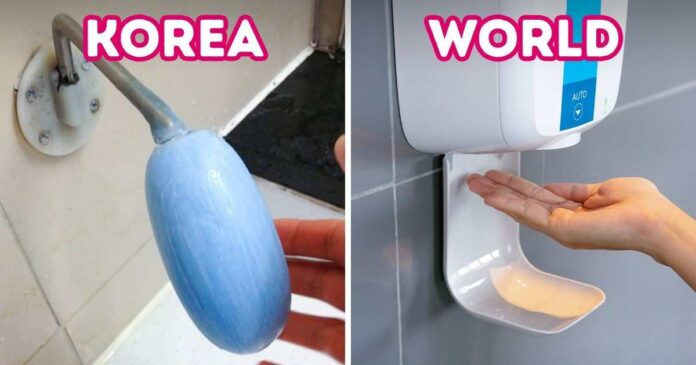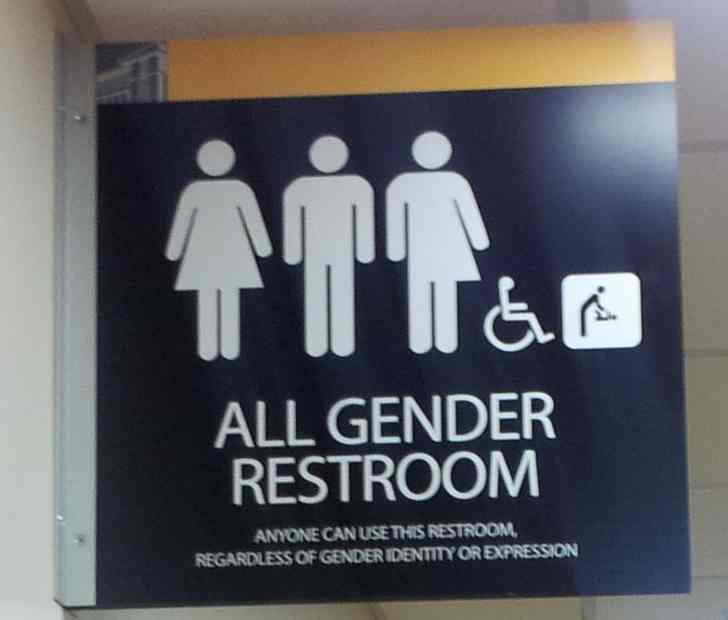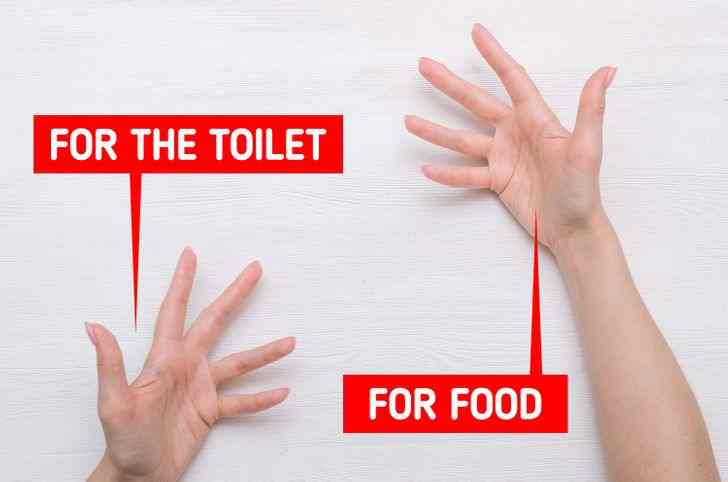
When visiting a foreign country’s bathroom traditions, several things may surprise or stun you, such as when visiting Korea. Even the way some individuals wash their hands is peculiar, and in public restrooms, you can encounter a strange contraption with soap instead of a dispenser.
1. In Korea, special soap can be found in public restrooms.

We’ve grown accustomed to seeing soap dispensers in public restrooms, but visitors to Korea will notice something different. Bloggers have noticed that finding soap in a bathroom is rare, but when you do, it’s usually a bar of soap tied to a pole that you must rub to clean your hands.
2. In Japan, public restrooms may have an emergency button.

In Japan, certain public restrooms have a very handy feature: an emergency button. It is sometimes mistaken for a flush button by foreigners. It sends a signal to security to have a look at the stall. It’s a very useful item for the elderly who may require assistance.
3. In Japan, there is a system known as Sound Princess.

Some Japanese women may be embarrassed if they are overheard while using the restroom. Engineers created a device that produces the sound of flushing water without the need for actual flushing, reducing stress and eliminating water waste.
4. Squat toilets can still be seen in many parts of China.

Traditional squat toilets can be found in many parts of China, particularly in public restrooms. Despite this, bloggers claim that travellers can also choose to sit. Some people struggle to maintain balance while squatting, which is especially tough on a Chinese train.
5. Toilets in Cambodia have a hose spray.

Cambodian toilets contain a number of unique features. To begin with, a public restroom is a rare find. Second, because many sewage systems cannot handle toilet paper, you must dispose of it in a basket. Third, in the bathroom, there is a hose spray for cleaning oneself and hosing down the toilet.
6. All-gender toilets are available in the United States, Canada, Japan, and Thailand.

These public restrooms are designed for a wide spectrum of people, including those with disabilities, the elderly, and transgender persons, who may or may not have particular needs. It’s also helpful for parents who need to assist their children with toileting.
7. In Antarctica, people use portable toilets.

There are specific tents for the bathrooms in Antarctica, according to travellers. You might come upon a special toilet where you can pee and defecate. The portable poo toilets may seal and wrap your excrement in a plastic bag.
These unique portable Japanese toilets are quite unique in that after you’ve finished your business, you must press a button to shut the bag. The sealing procedure takes 2 minutes to complete.” After that, you toss your poo bag in the trash.
8. In Indonesia, the left hand is used for toileting while the right hand is used for eating.

People in certain cultures split their hands for hygiene and eating. One of them is Indonesia. Because it is regarded a “toilet hand” for wiping, they may find it impolite if you hand them stuff with your left hand. The right hand is used to make offerings and to eat.
What are some of the different bathroom customs you’re aware of? What was the strangest or most interesting bathroom you’ve ever seen?
Preview photo credit Hwajangshil/reddit, Shutterstock.com
